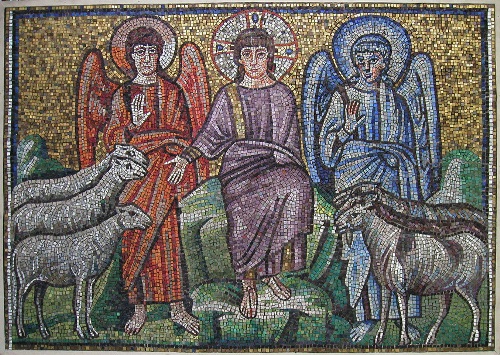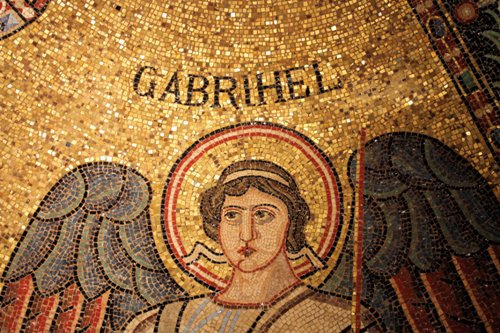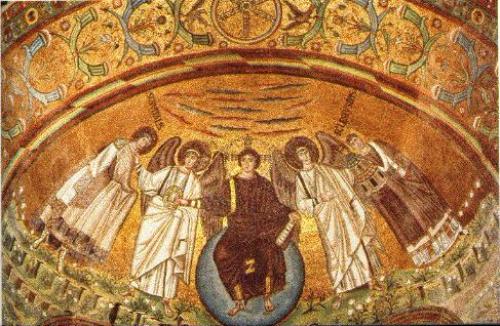10 Facts about Byzantine Art
Facts about Byzantine Art present the information about the works of art of Byzantine Empire. The end of the empire was in 1453. The byzantine culture and art was preserved to some degree in Eastern European and Muslim states in eastern Mediterranean. There were a number of states influenced by Byzantine Empire. Those include Rus, Serbia and Bulgaria. Let’s find out other interesting facts about Byzantine art below:
Facts about Byzantine Art 1: the Roman Empire
We know that the Byzantine Empire was considered as the fragmentation of the Roman Empire, but the ancient Greek art influenced more the byzantine art. However, the Byzantines always considered themselves as Romans.
Facts about Byzantine Art 2: the classical sculptures
The classical sculpture could be seen spreading in the capital of Constantinople. It was the capital of Byzantine Empire. The residents who lived in the empire always considered as the sculptures as objects of confusion.
Facts about Byzantine Art 3: the new aesthetic development
The art in Byzantine Empire was divided in several eras. But most of them reflected the new development of aesthetics.
Facts about Byzantine Art 4: the symbolic approach
The artists of Byzantine Empire tried to use the symbolic approach to reflect their art. There is no need to wonder that the residents were confused when they saw the art. It focused more on the antique naturalistic or abstract characters. The art was not used to mimic the reality.
Facts about Byzantine Art 5: the artistic theme
There were two themes combined in Byzantine art. Both were the imperial and religious themes. The example of the combined theme can be seen on the Hagia Sophia in Constantinople. You can check it on the interior of the church which depicted the portraits of Byzantine emperors.
Facts about Byzantine Art 6: the monumental artistic commission
The monument artistic commission in Byzantine Empire was at the hand of the imperial office and church because both handled the wealth of the empire.
Facts about Byzantine Art 7: the religious art
The church interior was decorated with the religious art. It was reflected too in the private home. Find out facts about byzantine empire here.
Facts about Byzantine Art 8: the symbols of religious art
The symbols of religious arts can be seen on the presence of an image of a saint, the virgin or Christ.
Facts about Byzantine Art 9: another genre
Another important genre in Byzantine art is the illumination of manuscripts. The Psalms, the homilies of Gregory of Nazianzus and Ladder of Divine Ascent of John Climacus were illuminated. Get facts about being an artist here.
Facts about Byzantine Art 10: the minor art
Other minor arts in Byzantine empires include the jewelry, ivories carving, hardstone carving, Veroli casket, figured silks, and metalworks.
Do you enjoy reading facts about Byzantine art?






